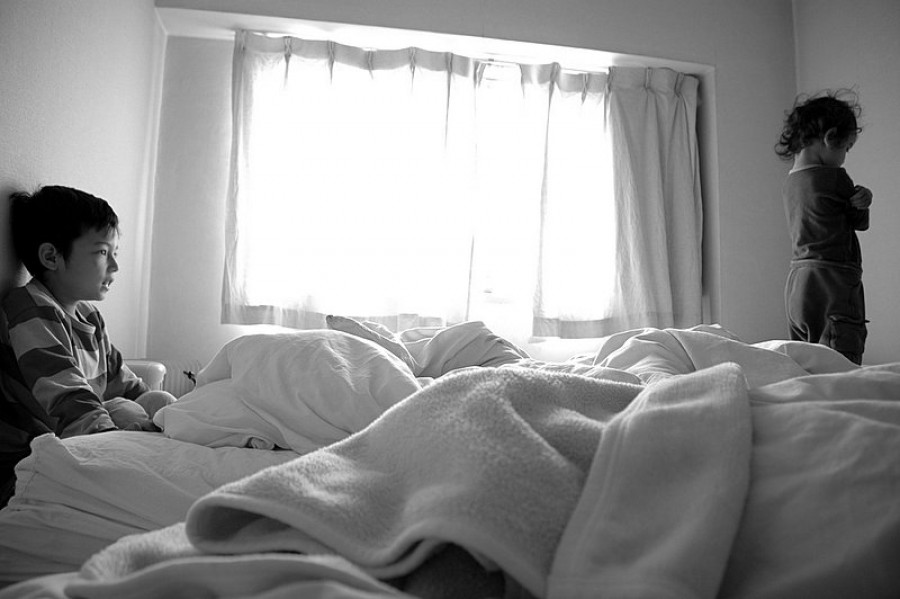
Search
Housing, Health and the Well-being of Children

Published: 2021
Authors: Lynn Riggs, Shakked Noy, Miranda Devlin, Philippa Howden-Chapman
This study, published on the Ministry of Social Development website, uses Growing Up in New Zealand (GUiNZ) data from 2010/11 to investigate the relationship between indoor damp, mould, cold and household crowding and the health outcomes of young children exposed to those conditions in Aotearoa.
The study is by Motu Research, Ministry of Housing and Urban Development and the University of Otago.
Findings
- The study established poor housing conditions were widespread in the homes of children in the 9-month GUiNZ cohort, often with multiple conditions existing concurrently in the same homes. For example, 39% of children in crowded households also lived in damp homes. Moreover, 20% of children in crowded households lived in homes reported as both damp and mouldy, and 8% lived in damp, mouldy, and unheated homes.
- While children in the lowest income households had higher odds of living in homes with these conditions, children in middle income households were significantly more likely to live in these conditions than children in the highest income households.
- Children in public rental properties were more likely than children living in private rentals to experience homes with negative conditions. The odds of a child’s room having mould was 1.7 times higher for children in private rentals and 2.7 to 3.6 times higher for children in public rentals compared to children in owner-occupied homes.
- Housing-related health outcomes were prevalent in the first nine months of these children’s lives, and exposure to poor housing conditions were strongly associated with adverse health outcomes among these young children, even after controlling for other confounding factors, like income.
- An overall housing condition index developed by these researchers showed a significant, consistent association with most of the health outcomes which indicates that increasing the number of housing problems in children’s homes also increased the odds of children having adverse health outcomes.
The researchers recommend the relationship found between conditions in young children’s bedrooms and their adverse health outcomes warrants an assessment of latest WHO recommendations to reduce dampness and mould in children’s bedrooms. The researchers say the study suggests benefits to reducing young children’s exposure to these housing conditions, but a comprehensive approach may be needed. For example, requiring insulation can help improve indoor temperatures in homes, but these requirements may be less effective if heating is not affordable, if there is no ventilation, or if the insulation has been damaged.
NB: the data used in the study was taken from the 2010/2011 period and therefore predates recent government initiatives to improve housing conditions.
Citation
Riggs, Lynn, Shakked Noy, Miranda Devlin, Philippa Howden-Chapman. 2021. “Housing, Health and the Well-being of Children”. Ministry of Social Development. Wellington, New Zealand.
Funders
Ministry of Social Development


Level 1, 97 Cuba Street, PO Box 24390
Wellington 6142, New Zealand
Phone: 64 4 939 4250
 Back to main menu
Back to main menu
